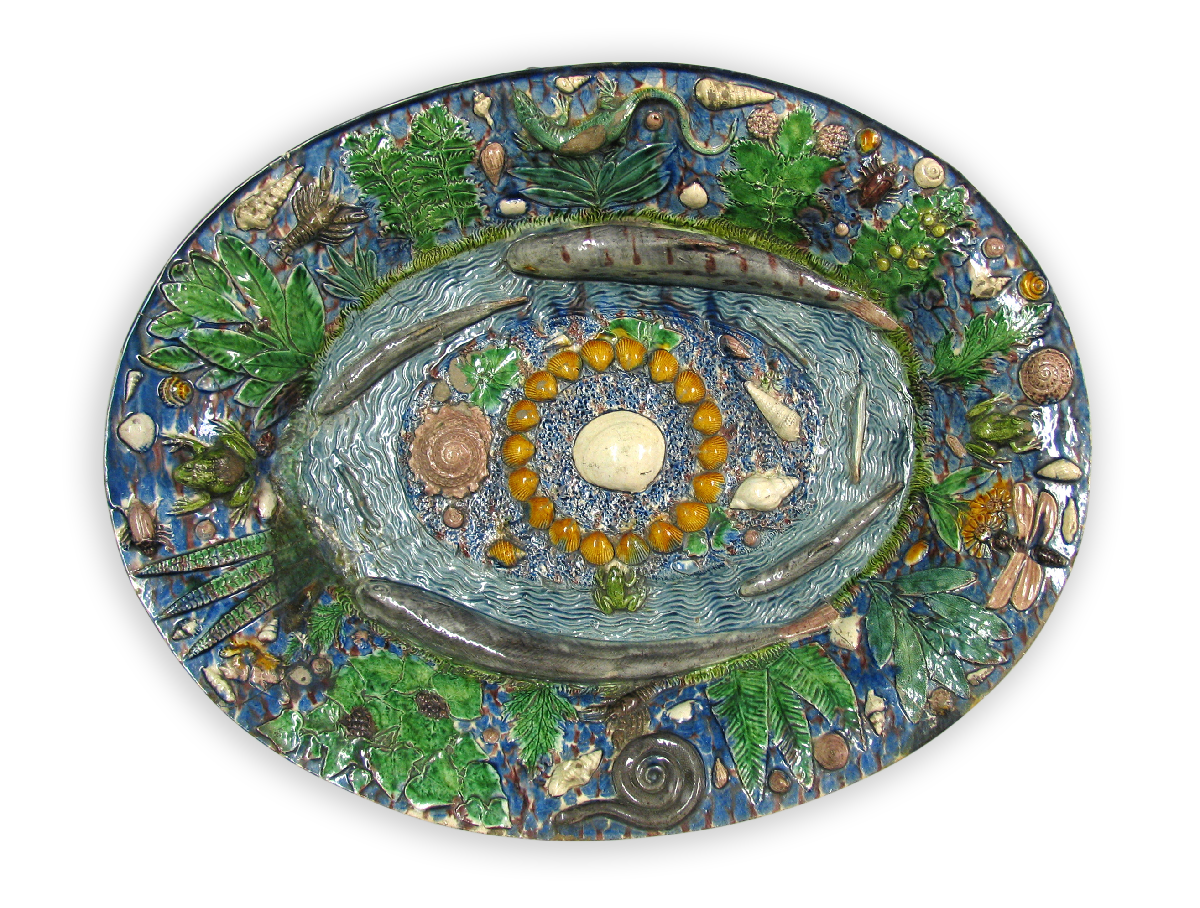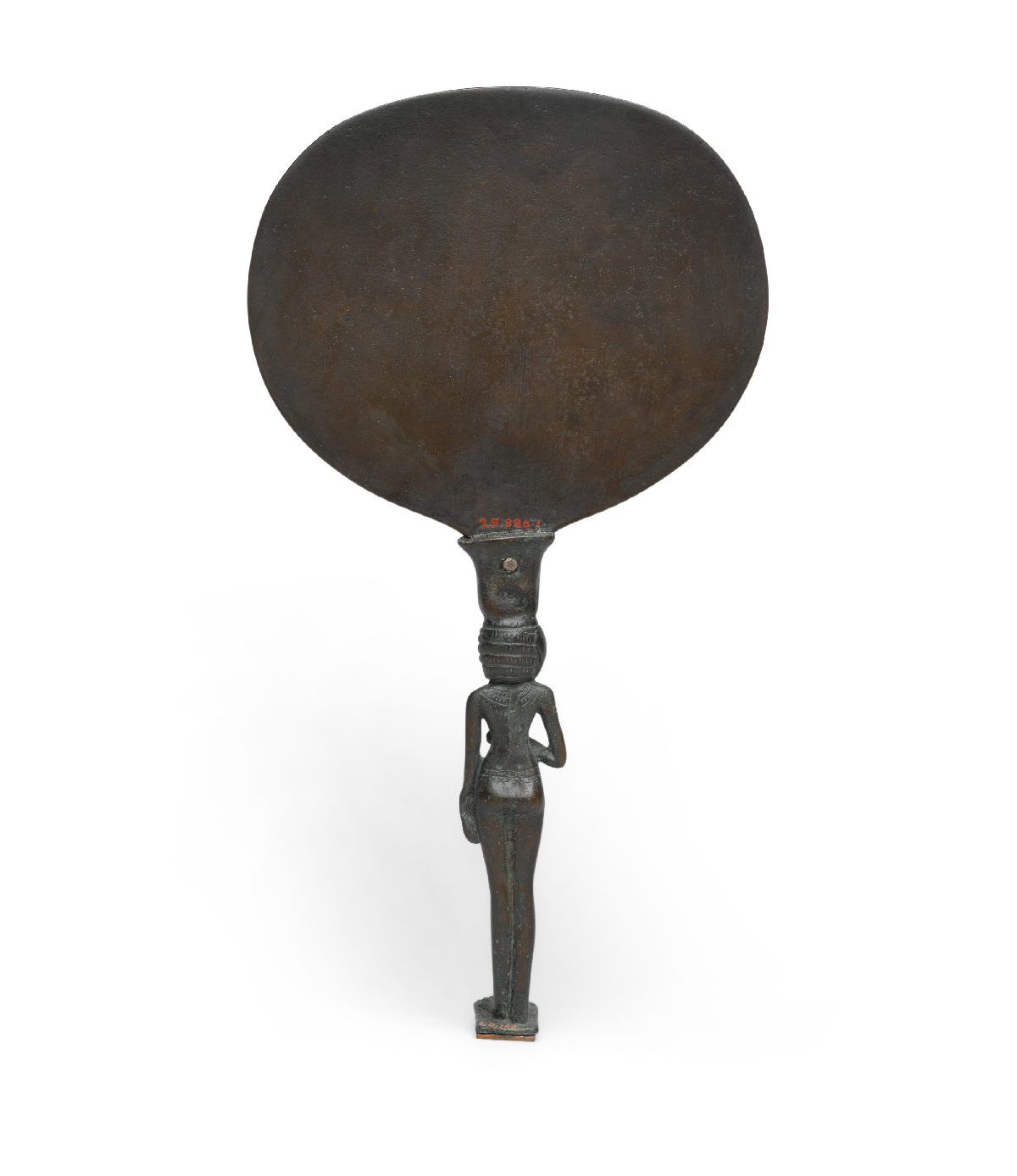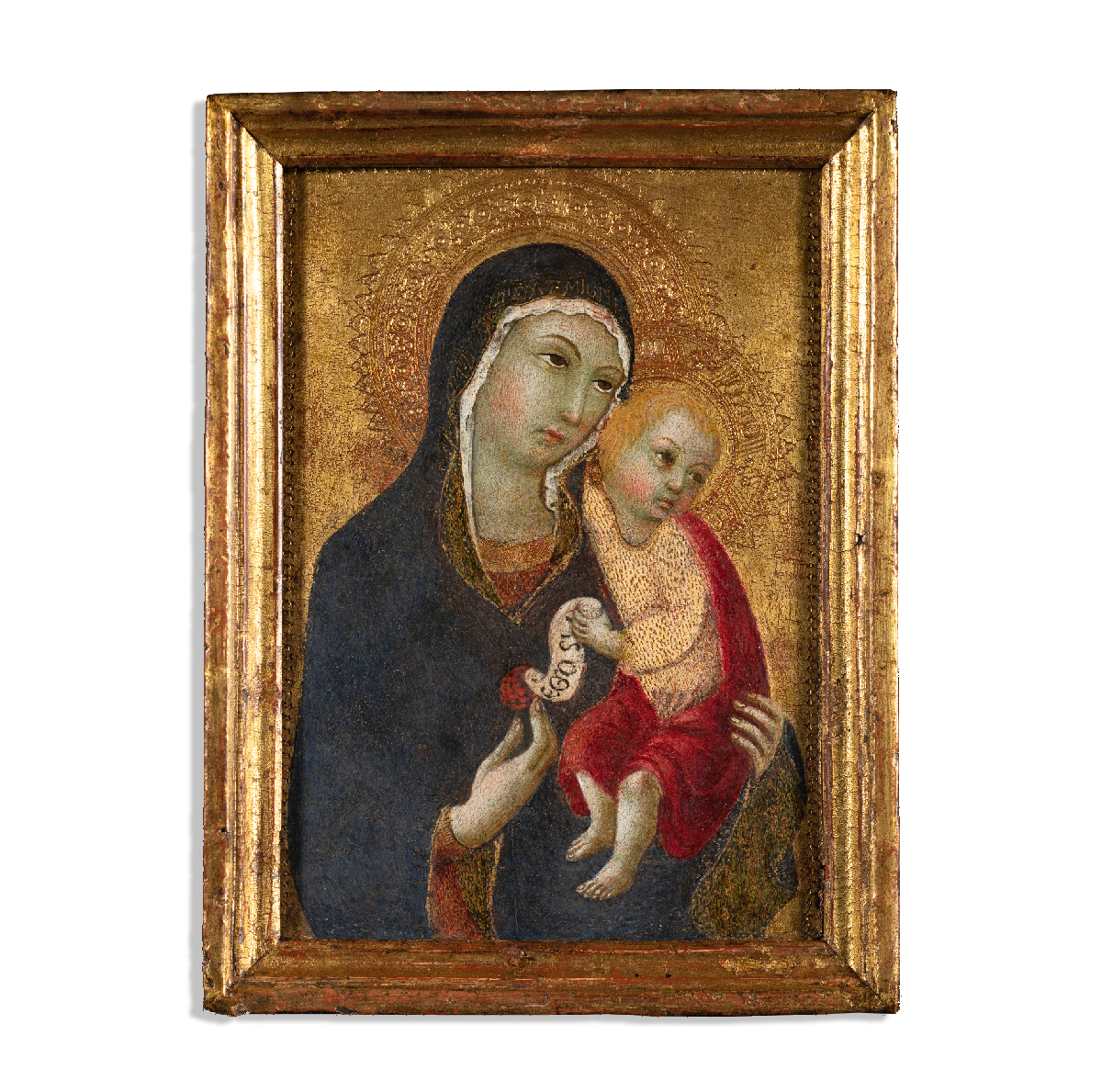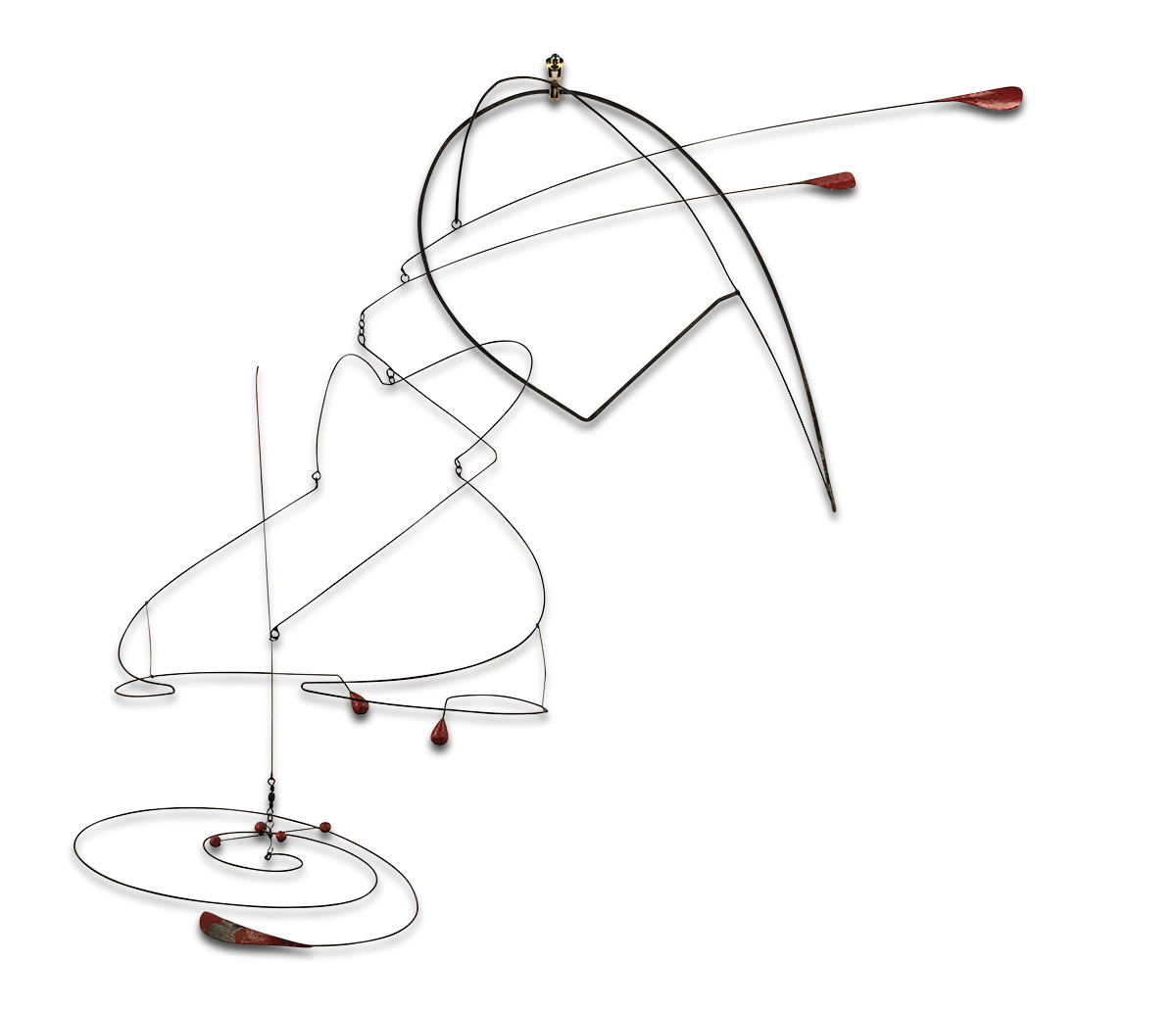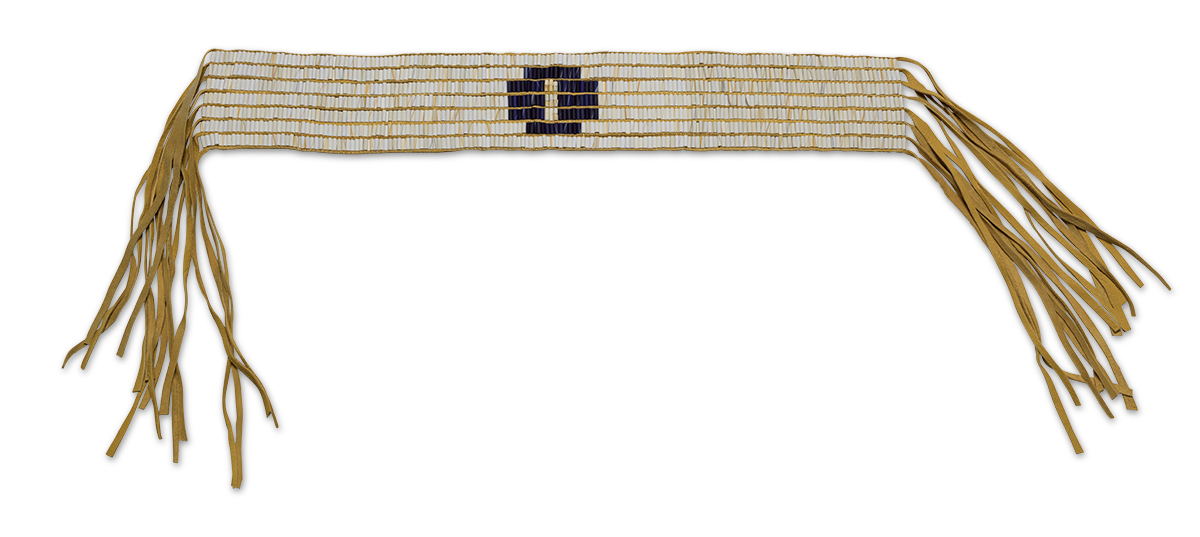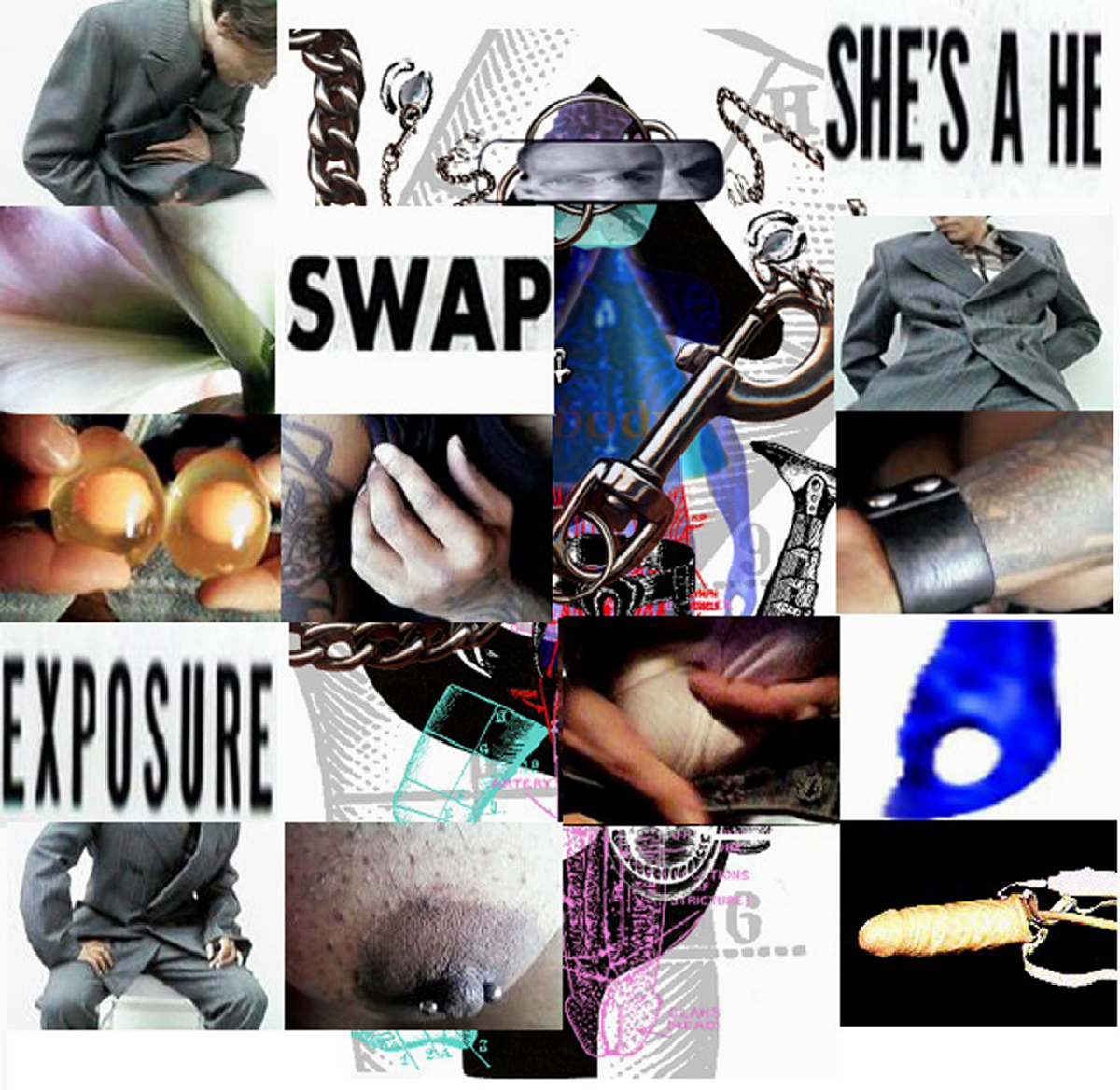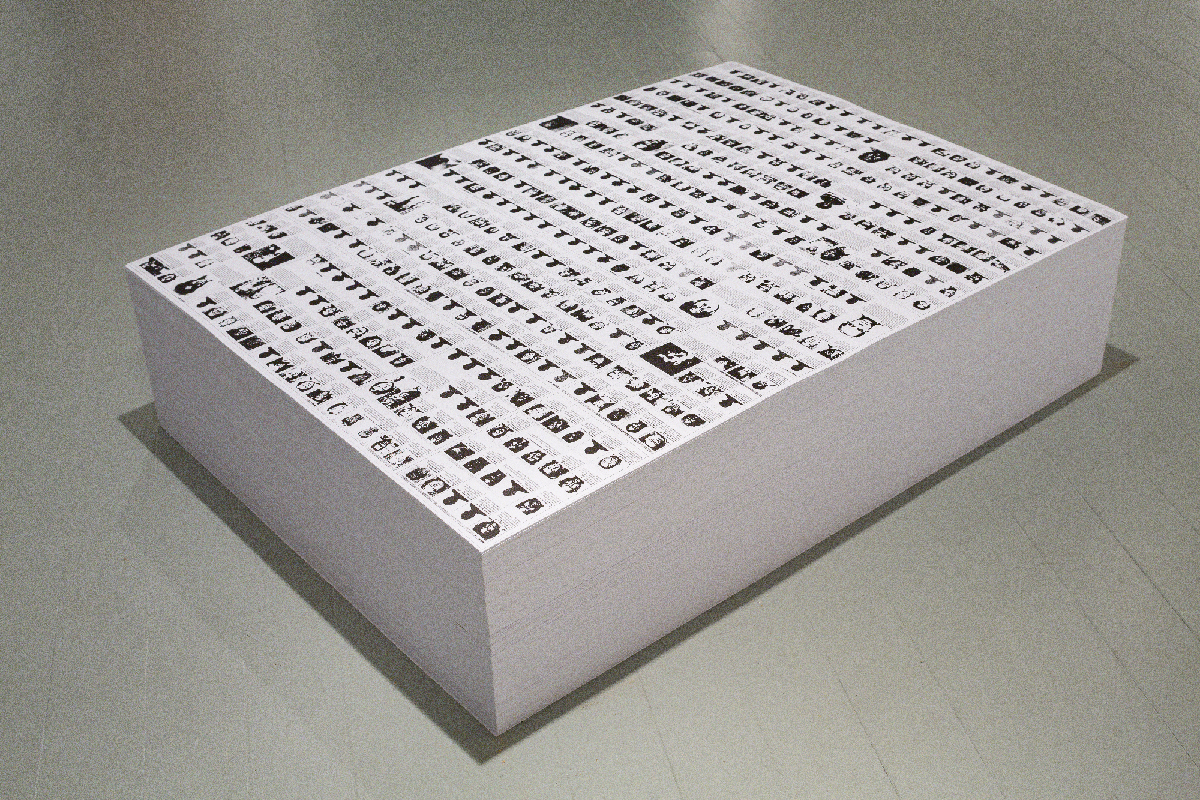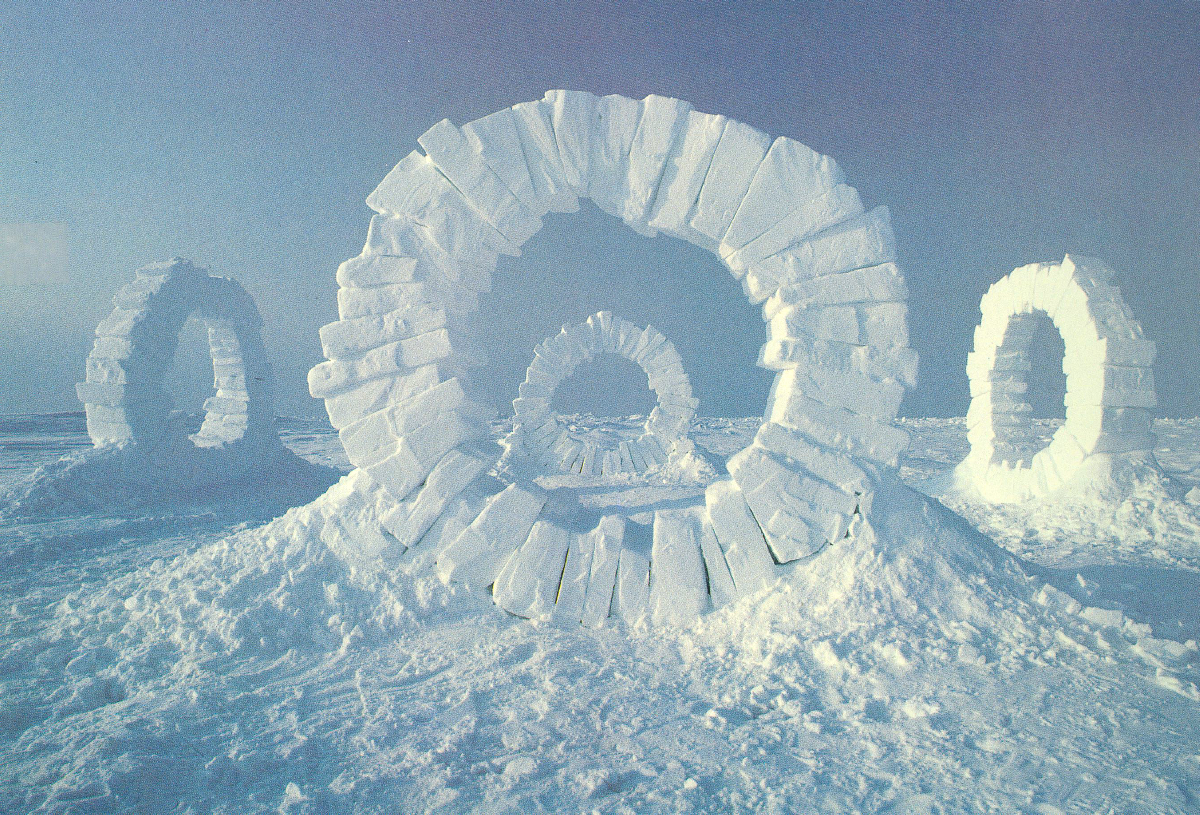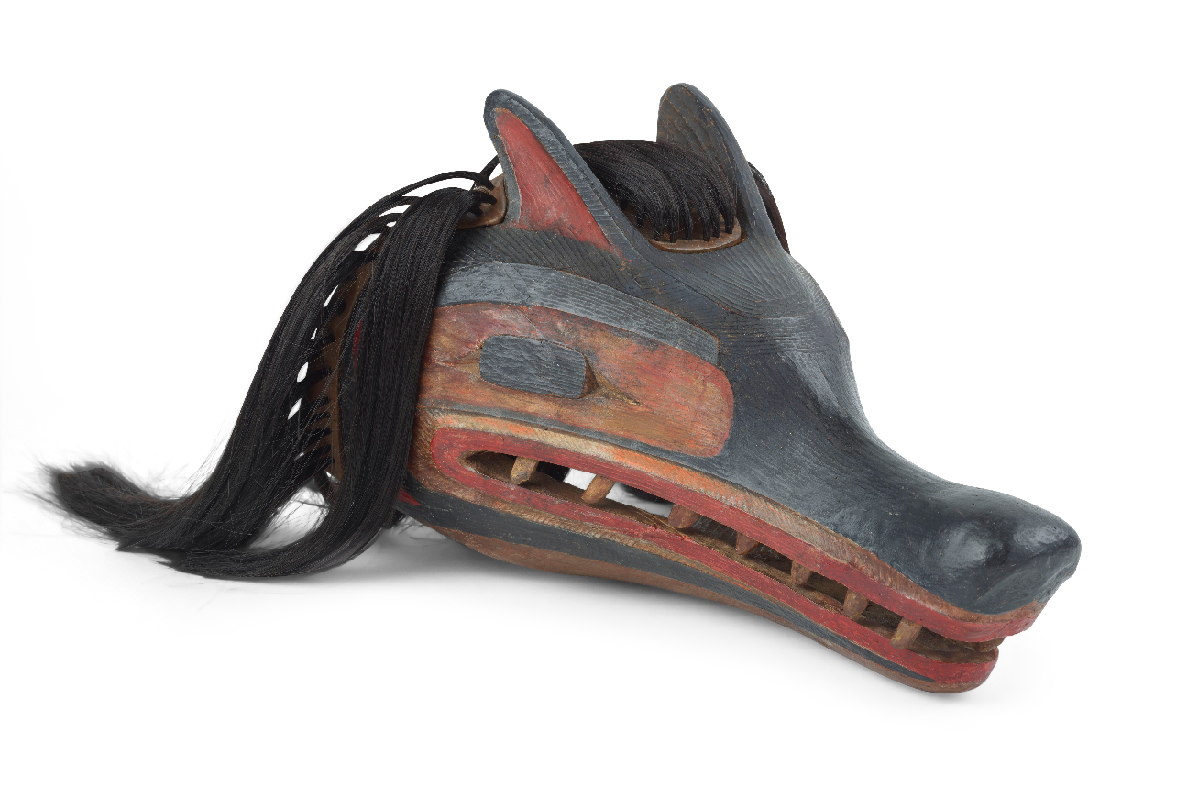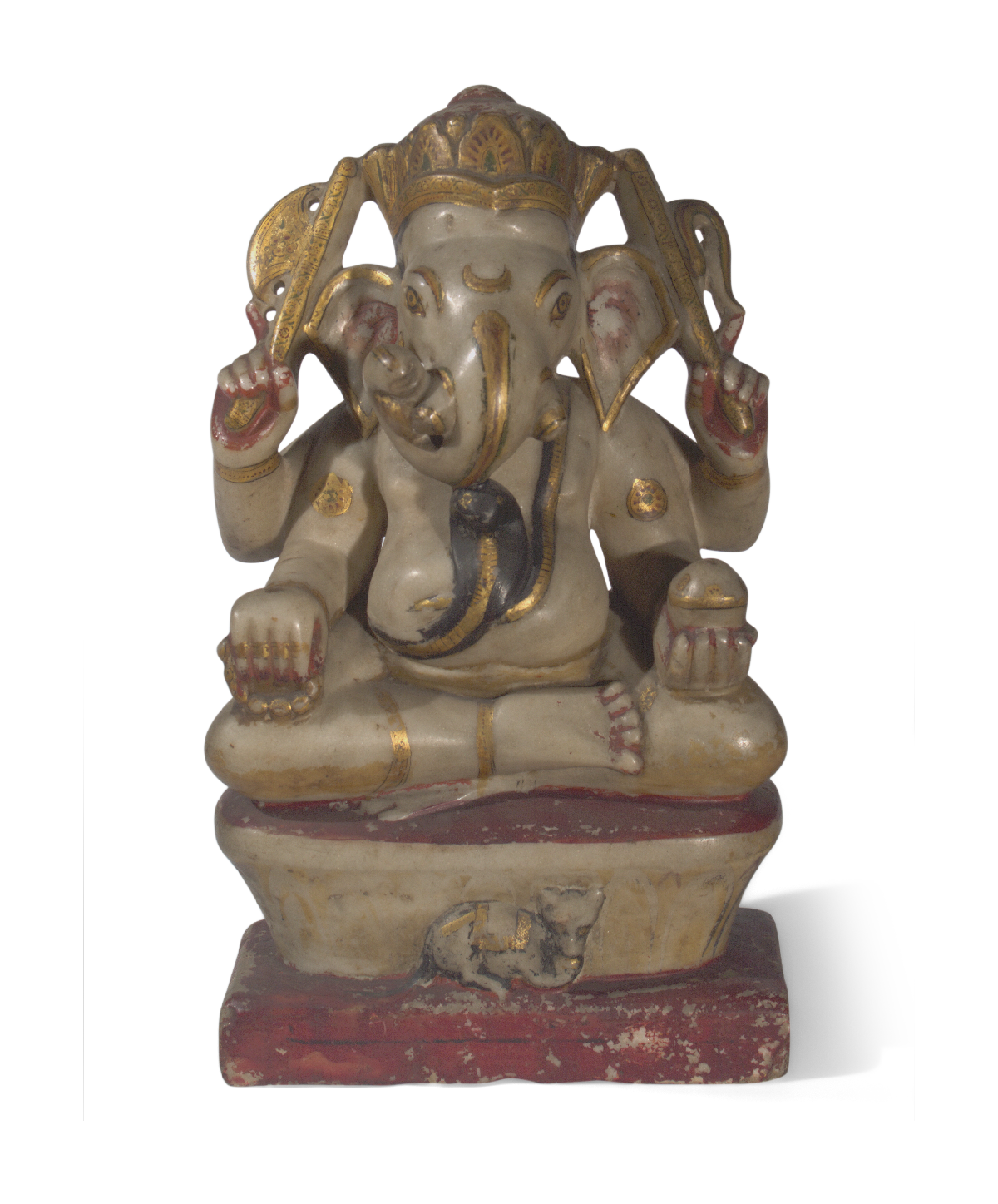WHO ACTS ON MATTER, and WHEN, AND WHY?
Material items are made by people at particular moments in time and space. At later moments and in different places, other people may differently assess their modes of making. Items are not only materially active in themselves but are also activated by caretakers working within these temporal and spatial contexts. These might include community users, inheritors, subsequent owners, collectors, curators, and conservators. At times working in conversation with other caretakers, conservators employ specific categories, values, and tools to express particular relationships with the past. In other words, conservation is one way of contextualizing activity. The practice of conservation always takes place in the present, engaging with a past that it reconstructs for the sake of a future.
This encounter at the heart of conservation practice frames the presentation of items in this section. How might one consider the role of intention in evaluating the activity of matter? What constitutes desirable or undesirable change to an item? Whose intentions and whose decisions should be considered?



